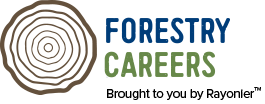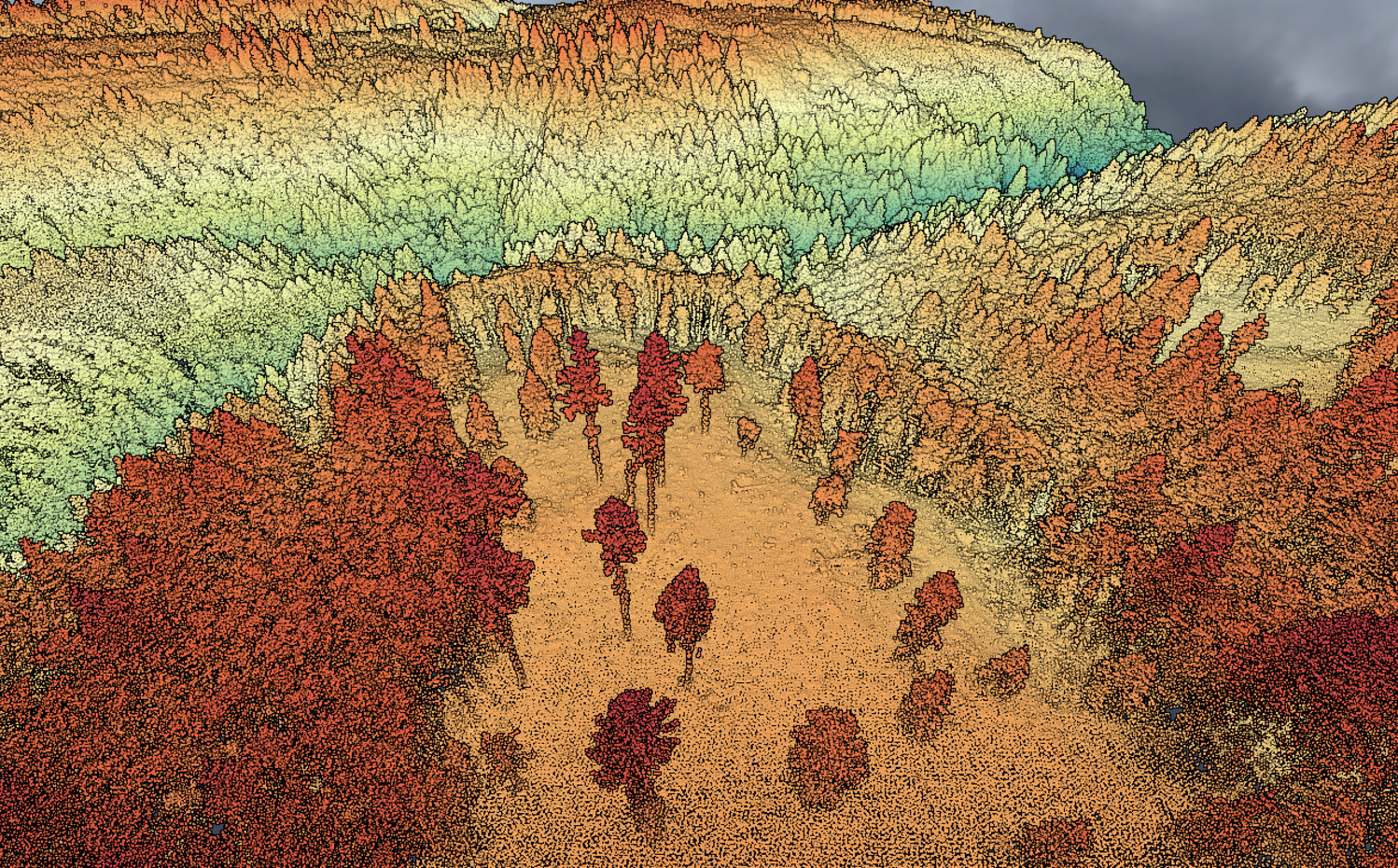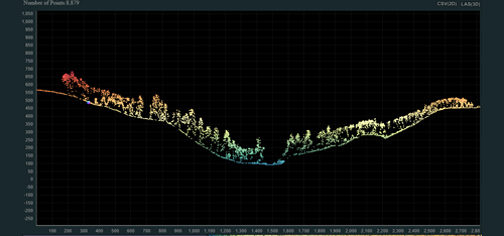Mantaining the Forest
Mapping and Imagery
Foresters take care of thousands of acres of trees (one acre is the size of a football field). High tech tools can help them assess the health of the forest, locate wildlife habitats that need to be protected and map out many different layers of information that will help with decision-making.
In this lesson, learn about some important tools we use in the forest.





